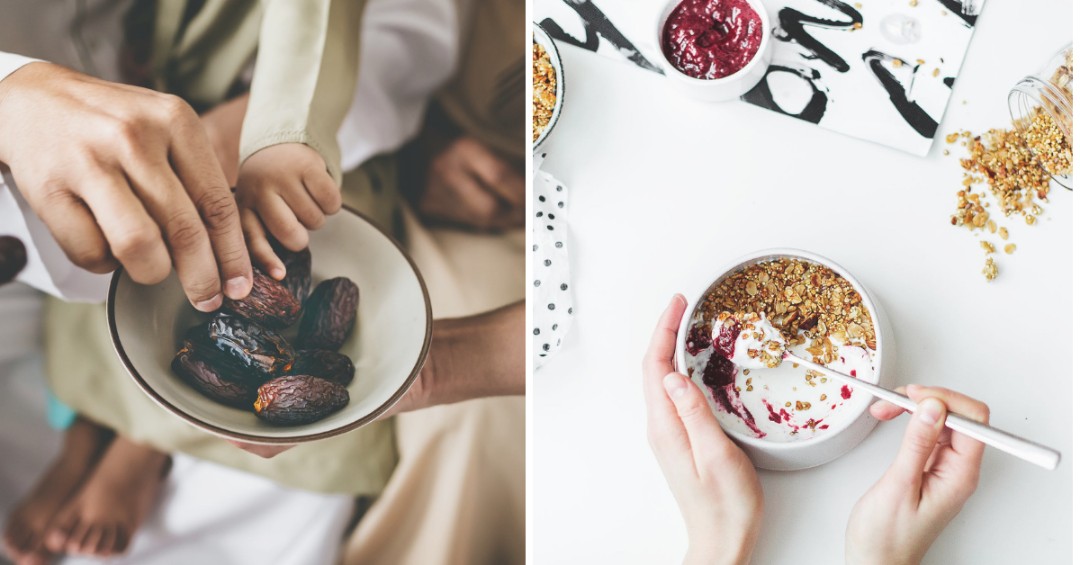According to a health expert, there is no single food, not even a superfood that has the potential to provide us with all the health benefits, nutrition and energy that we need to sustain ourselves. Having a healthy eating pattern is a must.
Eating healthy patterns means you combine healthy choices from all of the food categories whilst you pay attention to calorie limits, as recommended by the 2015-2020 US Dietary Guidelines.
For the past years, studies have found out that healthy dietary patterns offer countless health benefits such as reduces the risk of:
- High blood pressure
- Heart disease
- Diabetes
- Cancer
These two types of dietary patterns are known as the most plant-based as they demonstrate exceptional health benefits and lowering the risk of chronic diseases.
- Dietary Approaches to Stop Hypertension (DASH)
- Mediterranean diet
Applying the practice of adding the right foods to your daily diet will make a huge difference and it turns out superfoods can please your palate and your physique. Moreover, they can not only help cancer prevention and provide brain health benefits, but they also help you attain beautiful skin and weight management.
What Are Superfoods?
A single food can’t cure any cancer as there’s no medical evidence to prove it. However, hundreds of studies have shown that there is particular food which is high in minerals, vitamins and flavonoids. These help the body to protect itself from the damaged cells, tumours and other cancer-causing chemicals.
Adding fruits and vegetables to your plate several times a week helps to lower the risks of cancer. For today’s health and fitness write-up, we have listed the superfoods that can power-pack your snacks and meal which helps improve your healthy eating pattern.
Top 18 Healthy Superfoods
1. Berries
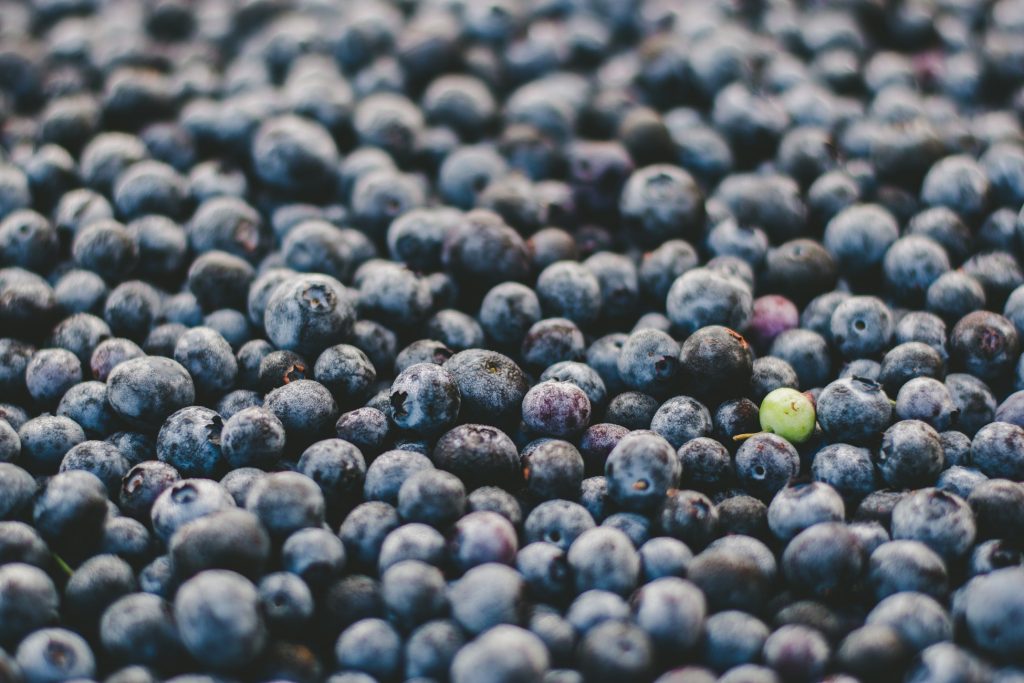
Berries aren’t only naturally sweet, but they’re also rich in fibre and colours. With that being said, they are high disease-fighting nutrients and antioxidants.
You can opt for the frozen ones when the berries aren’t in season. How to prepare them? You can add them to your yoghurt, cereals and smoothies or you can eat plain for a snack.
2. Fish
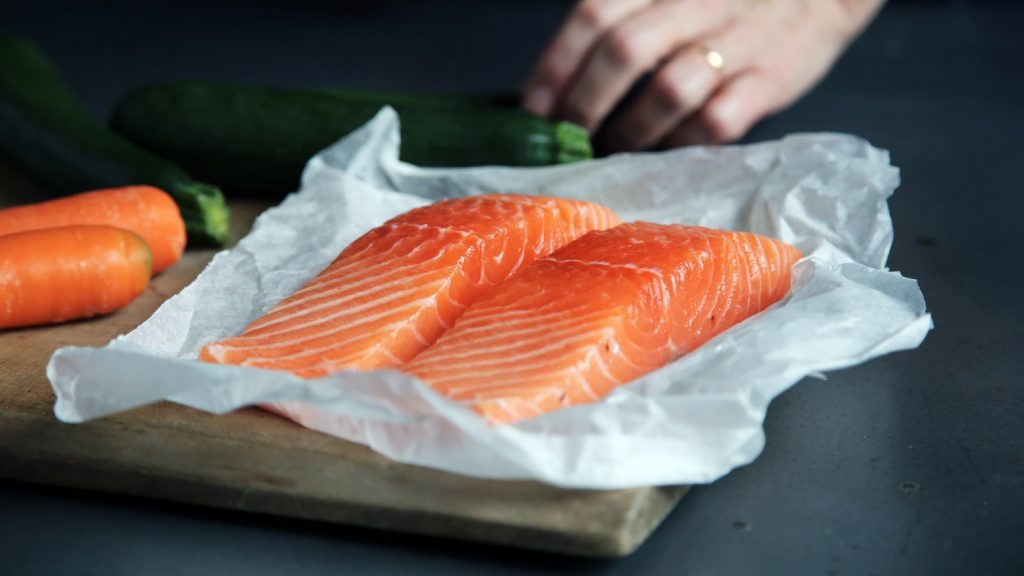
If you’re looking for a food that has a good source of protein and omega-3 fatty acids, a fish can be your best bet! Adding fish to your dietary eating pattern helps prevent heart disease.
Salmon, tuna steaks, mackerel, sardines, herring, trout and anchovies are the ones the provides highest omega-3 content. You can opt for a fresh, frozen or canned fish.
3. Nuts
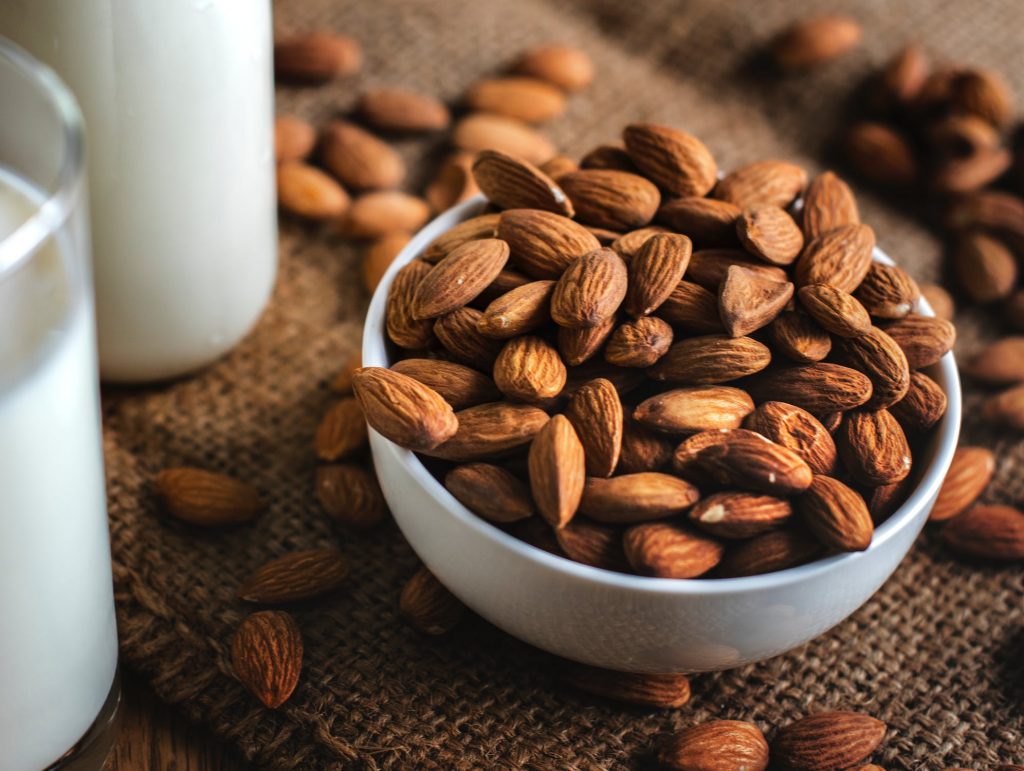
Here are the kinds of nuts that offers a good source of plant protein:
- Hazelnuts
- Walnuts
- Almonds
- Pecans
Not only they are high in protein, but also they contain monounsaturated fats. This kind of fats helps to reduce the risk of heart disease.
Just like the berries, you can simply sprinkle them to your oatmeal or yoghurt, or have them as a snack. They are also a perfect addition to cooked veggies or salads. However, these are high in calories, so ensure to limit to a small handful. With that, you can opt for various types of nut butter like peanut, almond or cashew.
4. Leafy Greens
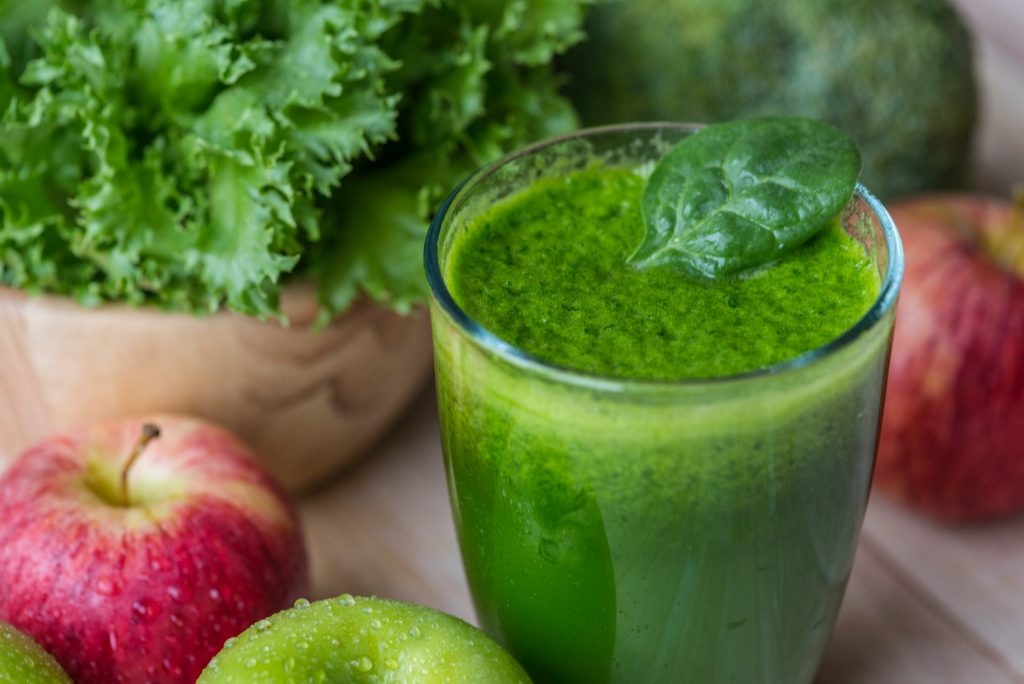
Dark leafy greens aren’t only a great source of vitamin A, vitamin C, and calcium, but also they’re a good source of phytochemicals. This kind of chemicals is typically made by plants which have a positive effect on our health. In addition, they also add fibre to your diet.
Leafy greens like spinach, kale, collard greens, swiss chard, or mustard greens can be your best option. They are perfect for salads, soups and stews or sauté them with a little bit of olive oil.
5. Olive Oil
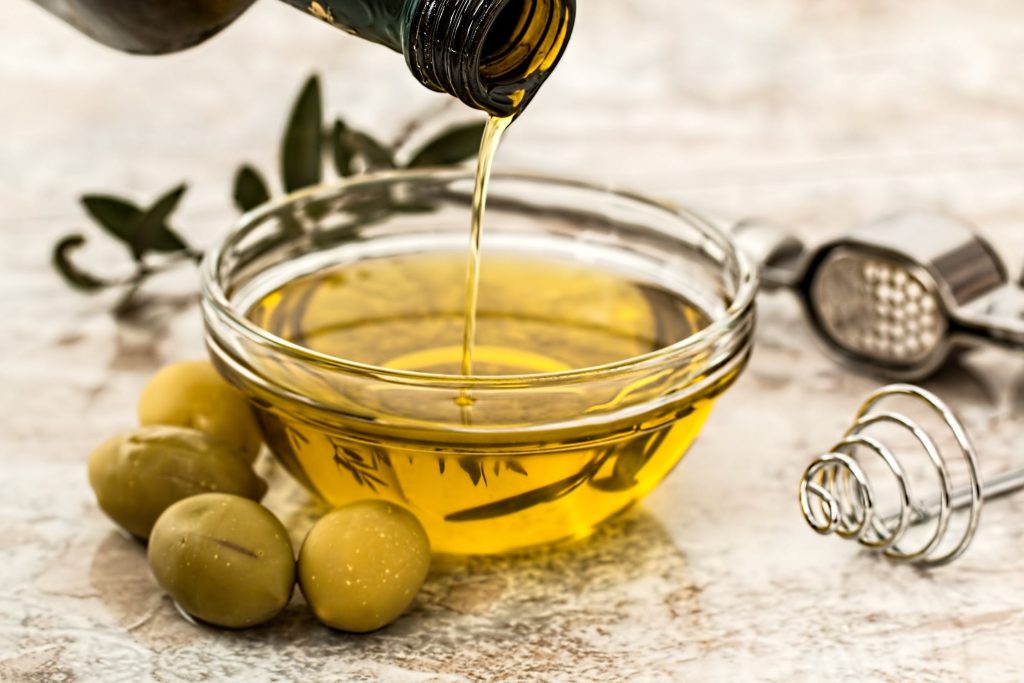
Another “superfood” that you can sprinkle to your diet is Olive oil as it’s rich in vitamin E, polyphenols, and monounsaturated fatty acids. As to no surprise why olive oil helps reduce the risk of heart disease!
How to prepare it? You can replace butter or margarine with olive oil when cooking pasta or any rice dishes. Or you can dazzle it over vegetables, use it as a dressing and it’s also perfect for sautéing.
6. Legumes
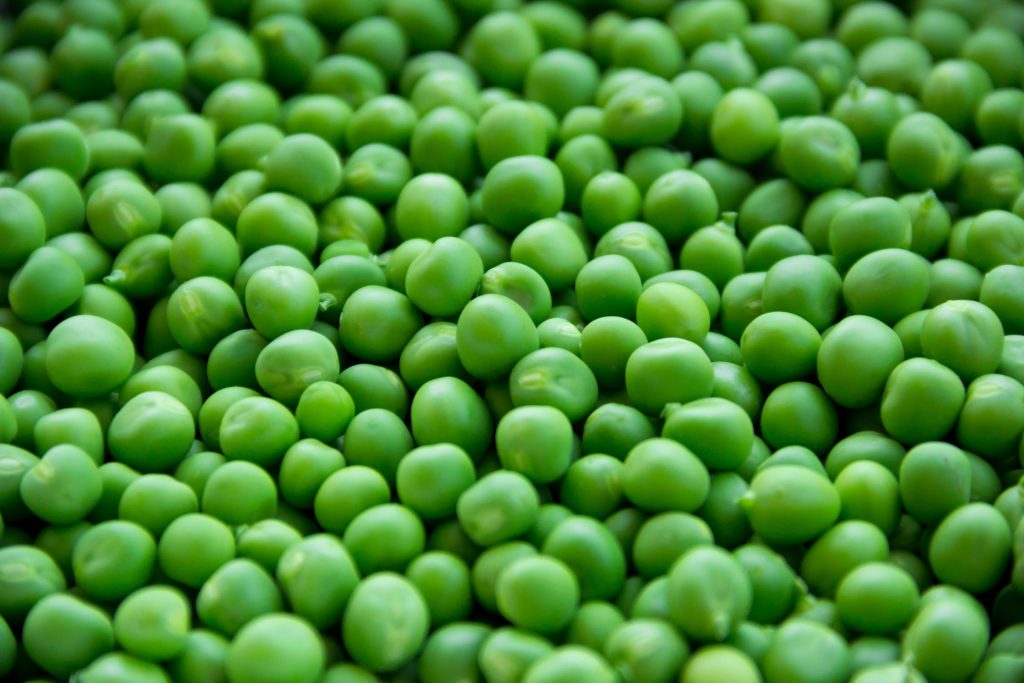
Legumes include kidneys, black, red, and garbanzo beans, soybeans and peas. They are a great source of fibre, folate and plant-based protein. Not only that, studies have shown that they help reduce the risk of heart disease.
How to prepare them? Legumes are a perfect addition to soups, salads and casseroles. You can also make chilli or bean-based spread like hummus.
7. Whole Grains
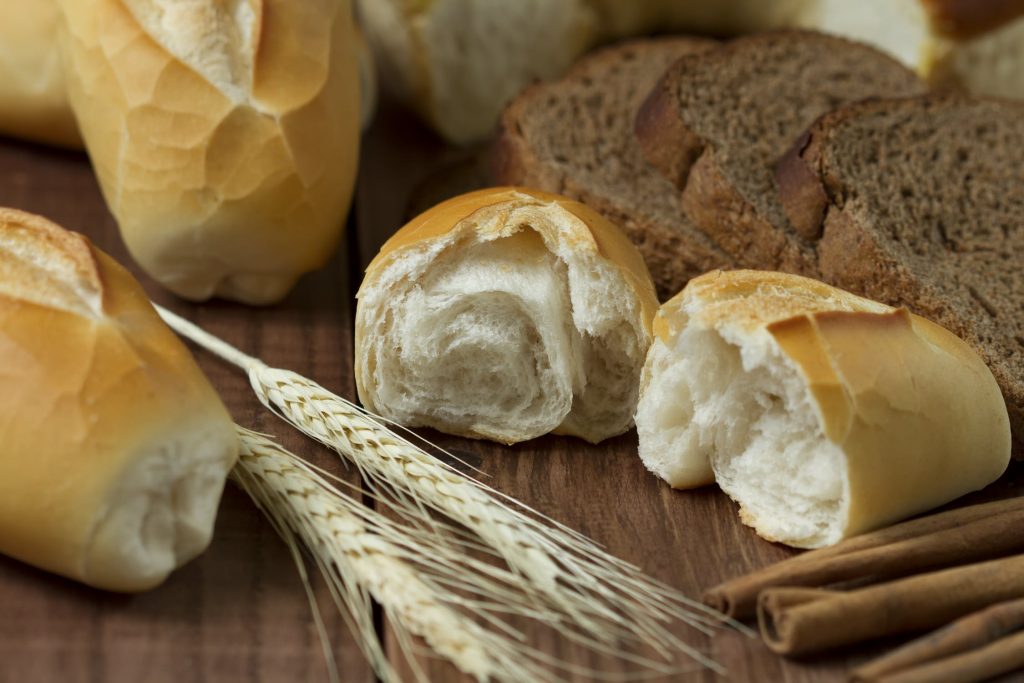
Whole grains are rich in both soluble and insoluble fibre, and it contains minerals, B vitamins, and phytonutrients. Not only they are low in cholesterol, but they also help prevent heart disease and diabetes.
Did you know that a bowl of oatmeal is perfect for breakfast? You can substitute quinoa, bulgur, wheat berries or brown rice for a baked potato. And as for the bread, make sure to check the ingredients if it has 100% whole wheat flour on it.
8. Yoghurt
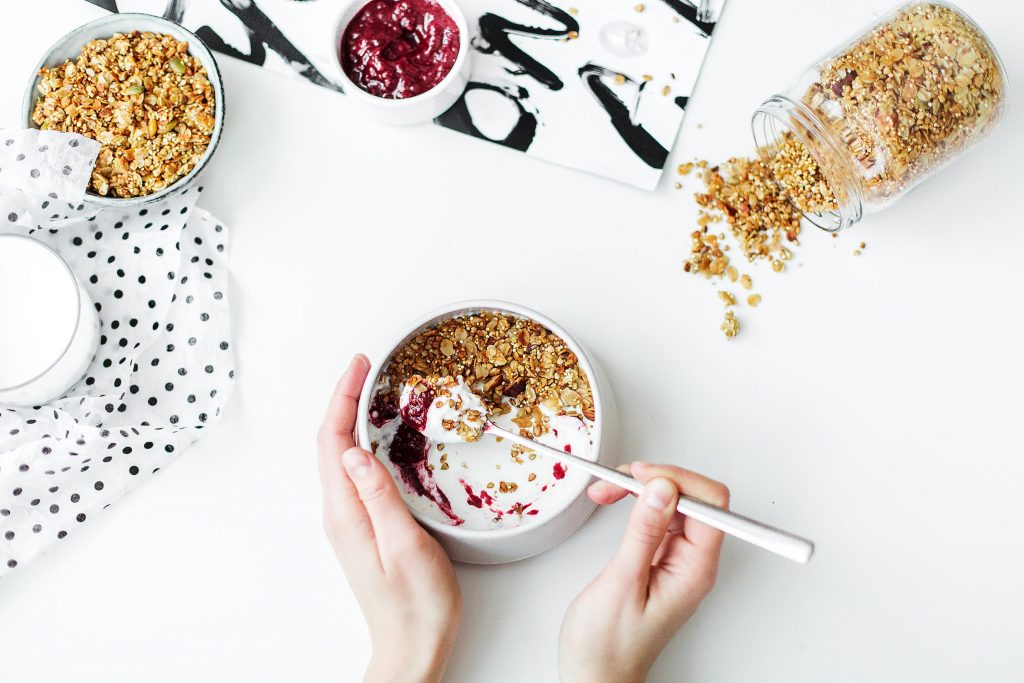
Yoghurt is a good source of protein and calcium, and it contains live cultures which are known as probiotics. Probiotics are considered as “good bacteria”—which help protect the body from other harmful bacteria.
Eating more yoghurt is recommended, but make sure you less the fruited and flavoured yoghurts on the menu as this kind of yoghurts contains a lot of added sugar. Instead, you can opt for the plain ones and add your own fruit.
9. Tomatoes
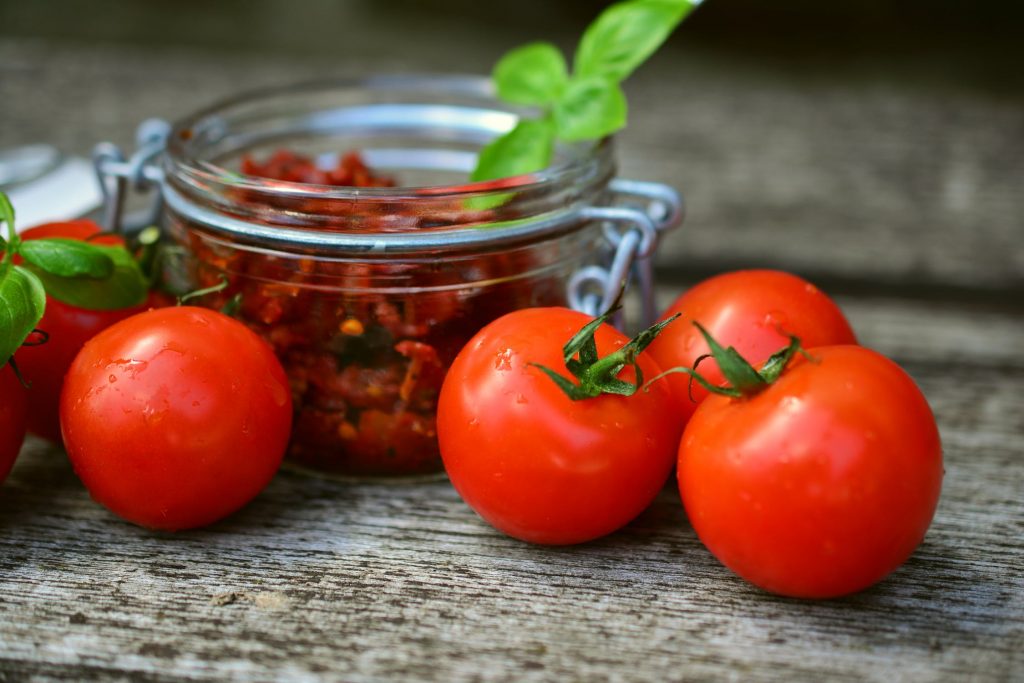
Tomatoes help reduce the risk of prostate cancer as they are rich in vitamin C and lycopene. They are also a great addition to soups, stews or chilli.
10. Cruciferous Vegetables
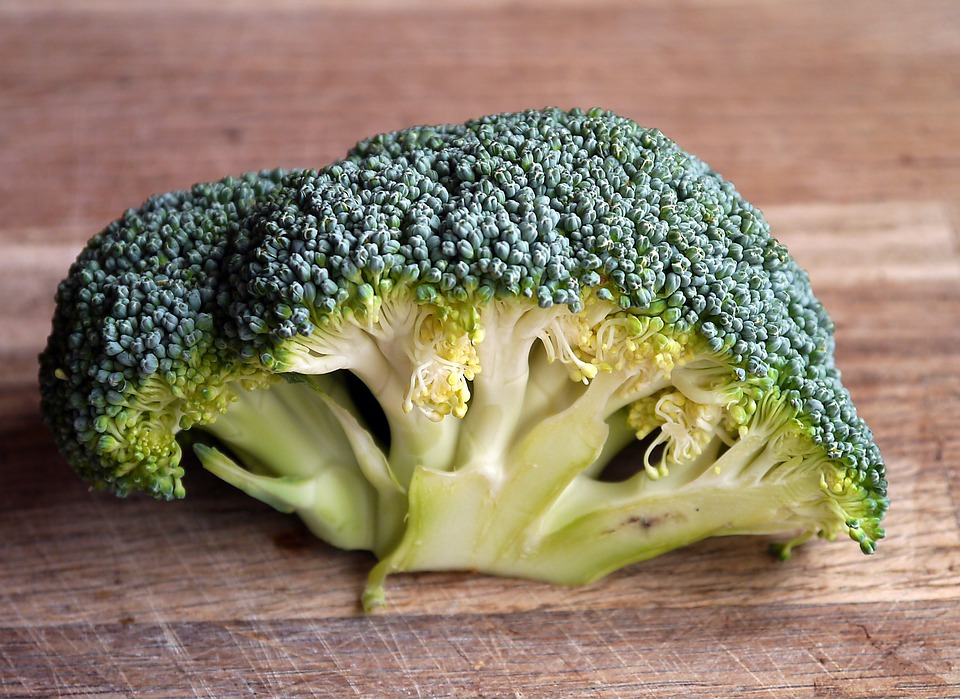
These veggies are an excellent source of fibre, vitamins and phytochemicals including thiocyanates, nitriles and indoles. These phytochemicals help prevent some types of cancer.
- Brocolli
- Brussels sprouts
- Cabbage
- Cauliflower
- Collard greens
- Kale
- Kohlrabi
- Mustard greens
- Radishes
- Turnips
You can either steam or stir-fry them—you can also add the frozen one to soups, casseroles and pasta dishes. For extra flavours, you can add healthy oils, herbs and seasonings.
11. Papaya
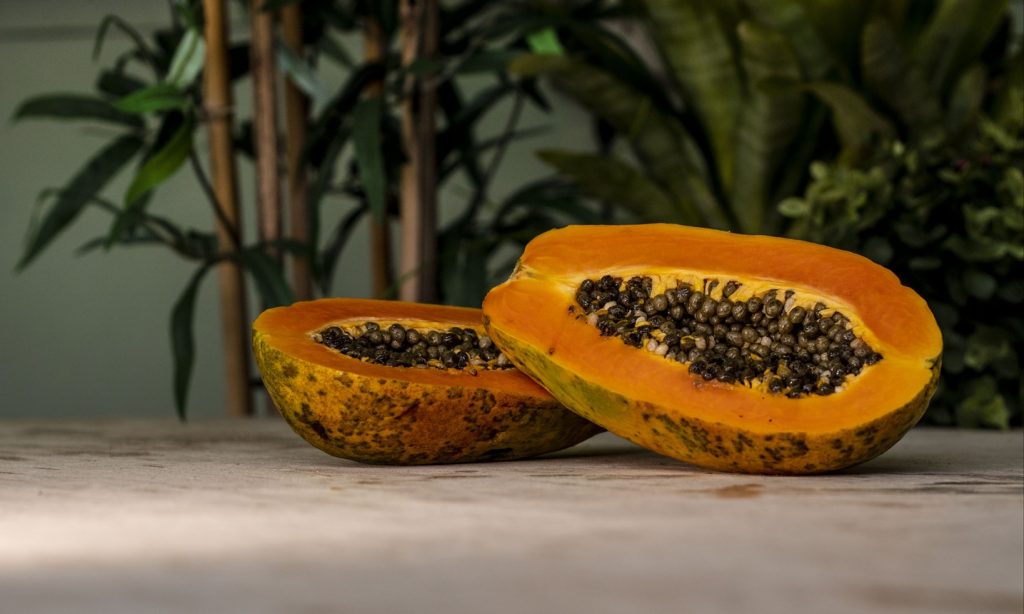
Papaya is an excellent source of tropical goodness and flavonoid which help your body to fight cancer cells. Other benefits of papaya include healthier digestion, blood pressure control and more youthful skin.
12. Seaweed
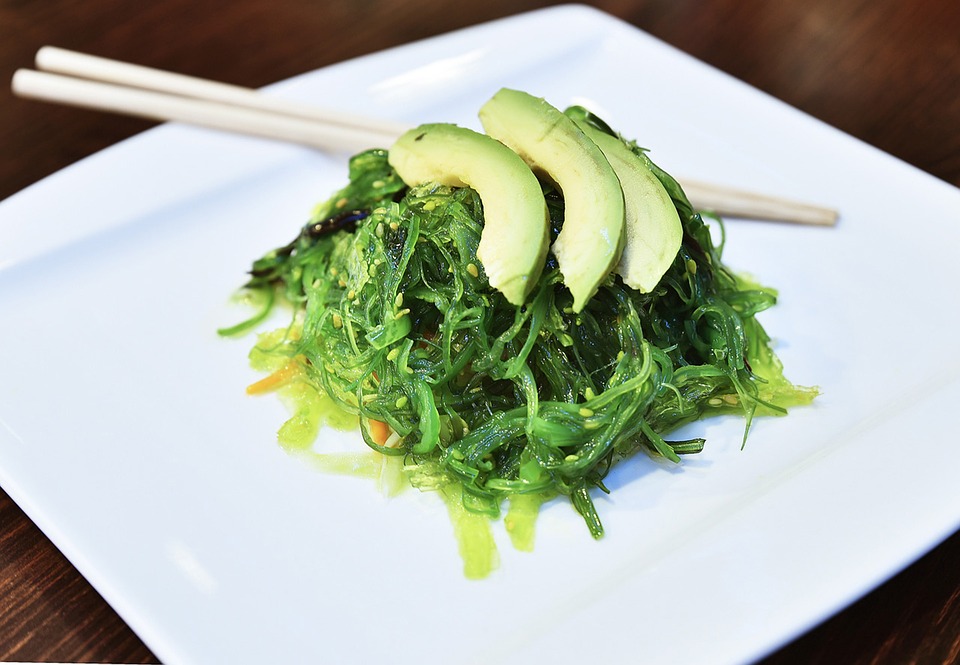
Seaweeds are high in nutrients, but you know what’s good about this one? It’s exceptionally low in calories. Did you know that a serving can be as low as 30 calories? Benefits of seaweeds include:
- Strengthening of mucus which protects the wall of the gut
- Slows digestions
- Lower the risk of high blood pressure
- Regulation of hormones
- Detoxification properties which aid the body against cancer
13. Black Pepper
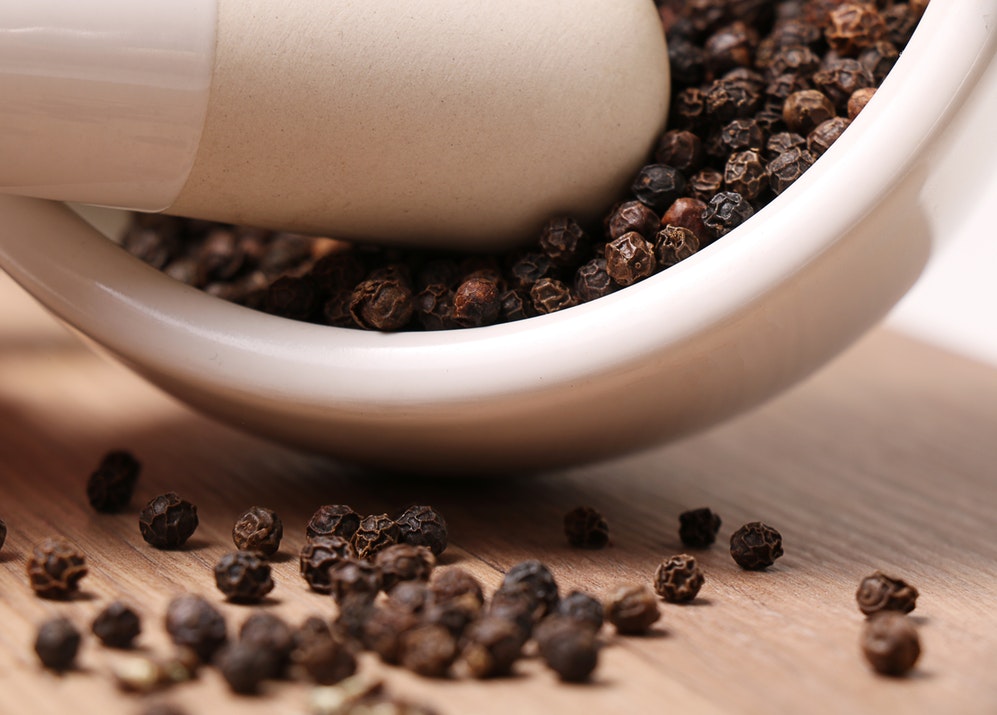
Who would have thought that adding a pinch of black pepper to your meal can be beneficial? It turns out that black peppers are one of the superfoods! You can add a pinch of black pepper to your meal to:
- Reduce intestinal gas
- Stimulate fat cell breakdown
- increase hydrochloric acid in your stomach to improve digestion
- Promote urination
- Add antioxidants to your recipe
Lentils
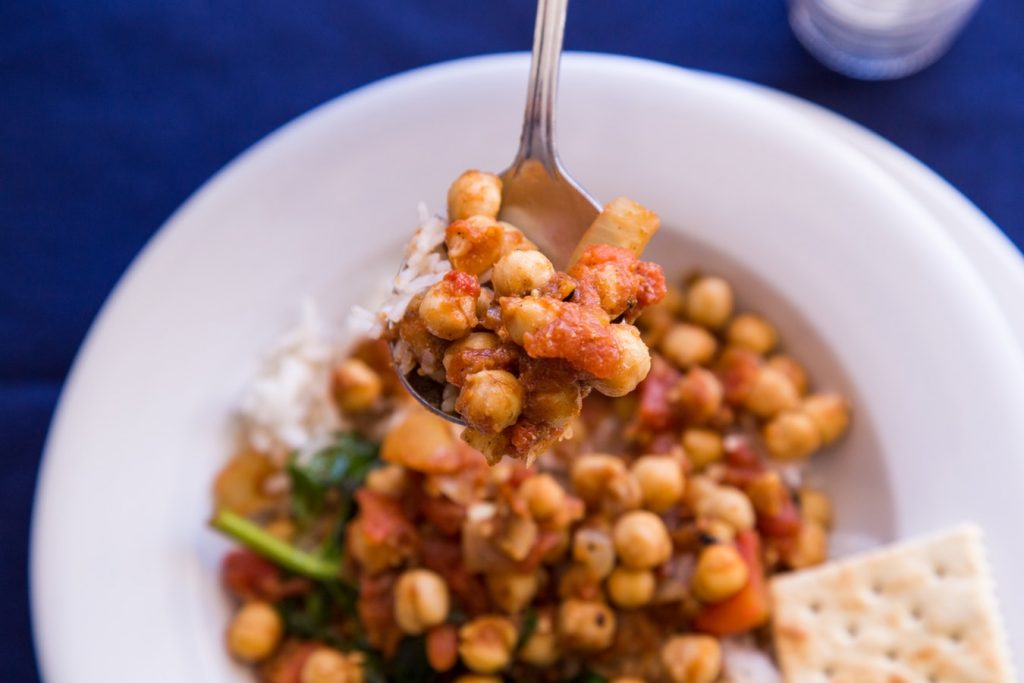
Lentils help reduce the risk of heart disease; it lowers cholesterol levels and helps to stabilise blood sugar levels. Also, it helps to increase your energy from lean proteins and helps with weight loss. Lentils are high nutrient food, and just like seaweed, it’s a low calorie one.
Tart Cherry Juice
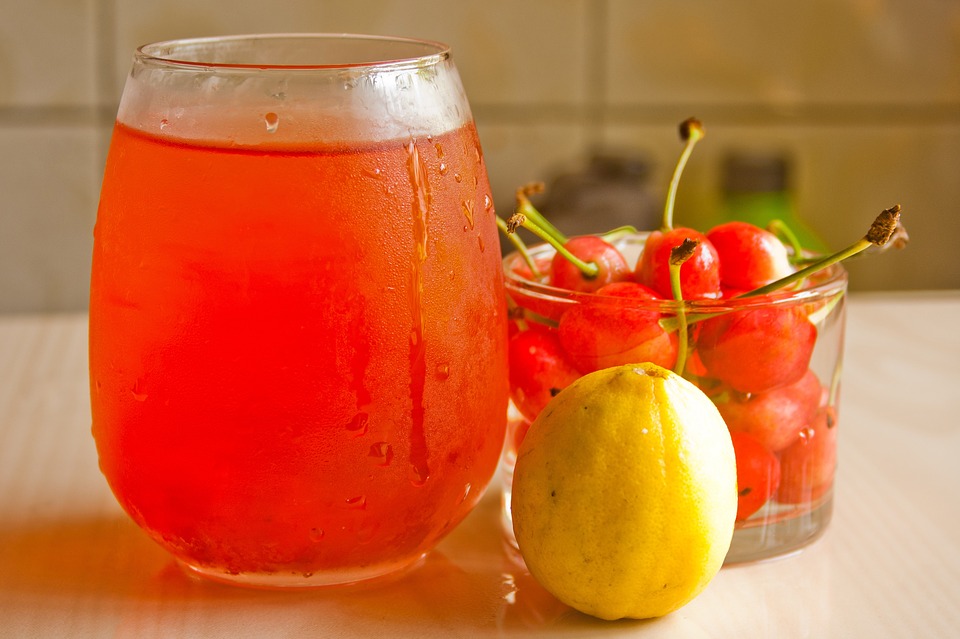
Did you know that tart cherry juice has one of the highest capabilities to absorb oxygen free radicals among fruits? In fact, it competes with tons of leafy greens when it comes to disease and cancer prevention. So make sure to try this tart cherry juice out!
Parsley
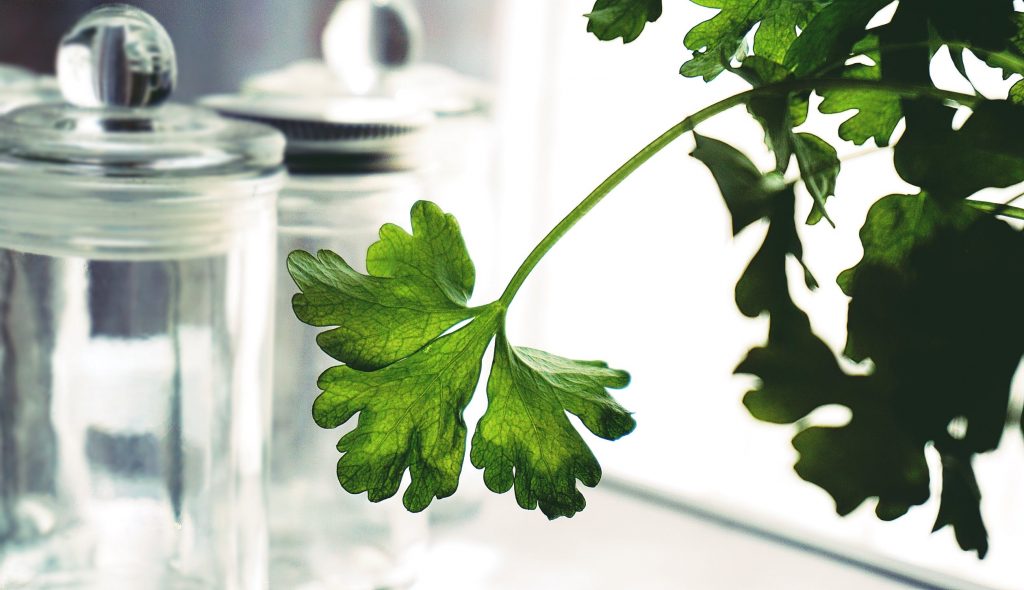
Juicing parsley can guarantee you with excellent health benefits such as:
- Reduces bloating during menstruation
- Reduces the risk of heart attack
- Increases immune function
- Reduces urinary tract, kidney, or bladder problems
Wheatgrass
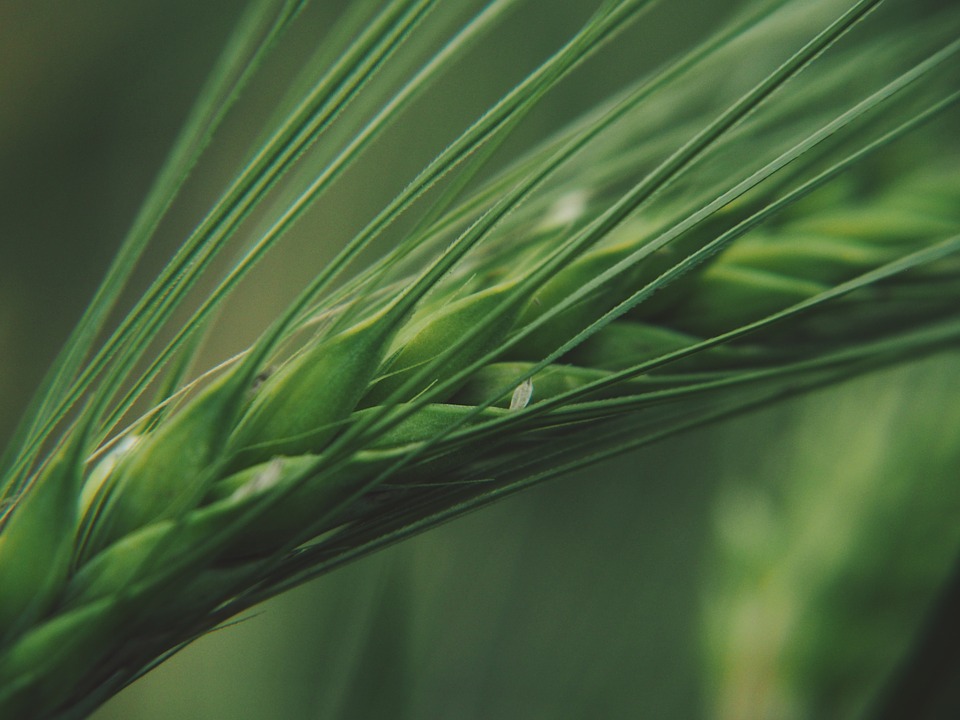
Wheatgrass contains an enzyme which helps to break down the superoxide radicals that slows the ageing process. The chlorophylls in it diminish the impact of threatening bacteria which helps the body fight such diseases.
Wheatgrass is one of the latest juice trends to enter the superfoods list! Just like the parsley one, you can juice it to reap all of its amazing health benefits.
Dark Chocolate
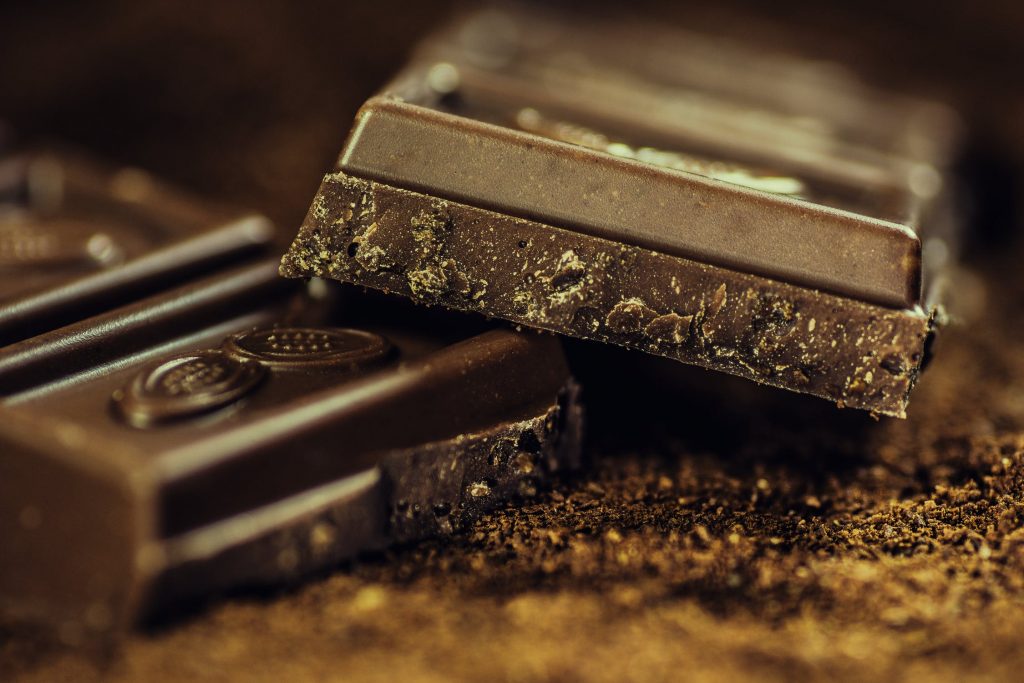
Did you know a study conducted in 2012 found out that dark chocolate was linked to a reduction in heart attacks and nonfatal strokes when consumed daily? Yes, a little treat may help you with your emotional health; however, the benefits only extend to physical health as long as you consume in moderation.
Other benefits of this semi-sweet treat include improving cognitive functioning and mood and reduces inflammation. It becomes apparent that dark chocolates aren’t only great to satisfy your semi-sweet taste bud, but also satisfy your overall mood.
